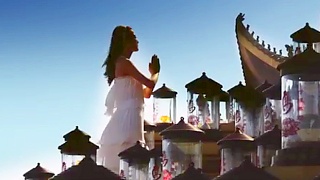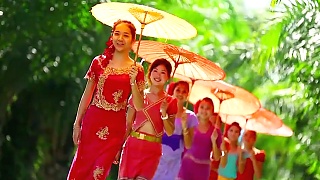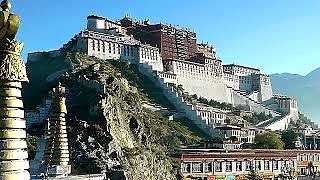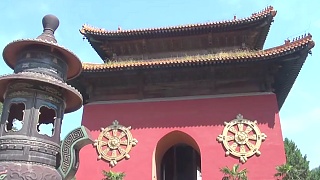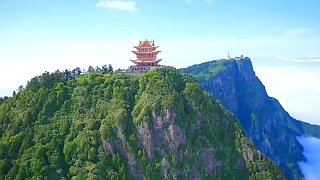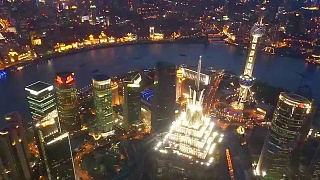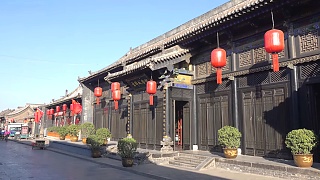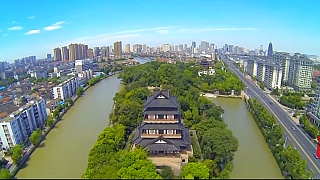DaZhaoSì, also called the Jokhang Temple or Tsuklakang, is located by Barkhor Square in Lhasa. For most Tibetans it is the most sacred and important temple in Tibet. It is in some regards pan-sectarian, but is primarily of the Gelug school of Buddhism. The temple's architectural style is a mixture of Indian vihara, Chinese Tang dynasty and Nepalese design.
DaZhaoSì was founded during the reign of king Songsten Gampo. According to tradition, the temple was built for the two brides of the king, Princess Wencheng of the Chinese Tang Dynasty and Princess Bhrikuti of Nepal. Both wives are said to have brought important Buddhist statues and images from China and Nepal to Tibet as part of their dowries, and they were housed here. Many Nepalese artists worked to construct this temple.
During the Bon period of Tibet the temple was (and sometimes still is), called the 'Tsuklakang' (Tsulag Khang) — 'House of Religious Science' or 'House of Wisdom.' The term tsuklak refers to the 'sciences' such as geomancy, astrology, and divination which formed part of the pre-Buddhist shamanistic religion now referred to as Bon. It is more commonly known today as the Jokhang, which means the 'House of the Buddha'.
Along with the Potala Palace, it is probably the most popular tourist attraction in Lhasa. It is part of the UNESCO World Heritage Site "Historic Ensemble of the Potala Palace," and a spiritual centre of Lhasa. (Wikipedia)
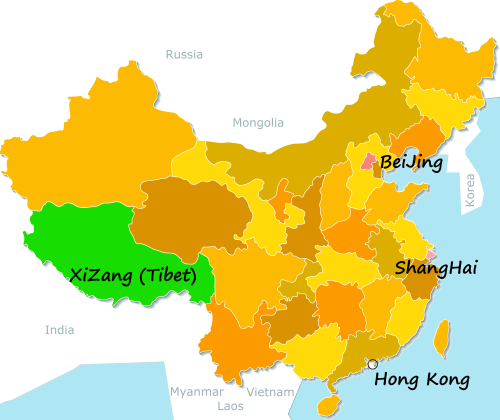
 DaZhaoSi (Jokhang Temple), Lhasa
DaZhaoSi (Jokhang Temple), Lhasa
